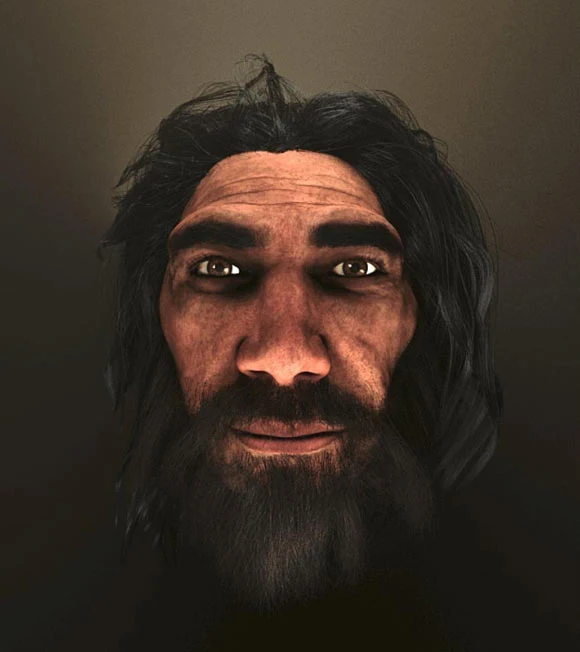
Geographic distribution of the substitution identified in the SLC30A9 gene in current human populations and possible scenarios of Denisovan introgression. Ancestral SLC30A9 corresponds to the version of the gene prior to interbreeding between Denisovans and sapiens. SLC30A9 variant, refers to the version shared with Denisovans.
Credit: Jorge Garcia and Elena Bosch.
Licensed under Creative Commons 4.0. Created with mapchart
Licensed under Creative Commons 4.0. Created with mapchart
A team of researchers led by the Institute of Evolutionary Biology (IBE), a joint center of the Superior Council of Scientific Research (CSIC) and Pompeu Fabra University (UPF) , and by the Department of Medicine and Life Sciences (MELIS) of the UPF, has identified one of the most widespread traces of the genetic inheritance of the extinct Denisovans in modern humans.
These genes probably played an important role in helping early Homo sapiens adapt quickly to a cold climate, but, because they are involved in the regulation of zinc and play a part in cellular metabolism could also be a contributory factor in predisposition to mental health disorders such as depression and schizophrenia.
It's tempting to assume that they may also have contributed to a growth in religion since many 'prophets' seem to have had schizophrenic disorders in which they heard voices. However, that's not the main worry for creationists in this research. What they need to cope with is the fact that all this happened in that vast expanse of time before 'Creation week' when creationists believe the universe was magicked up from nothing, just 10,000 years ago.
There is also the matter of Homo sapiens not having a single founding couple who were created without ancestors, and don't even come from a single species, but are a hybrid between several related species.
So, just who were these Denisovans?























